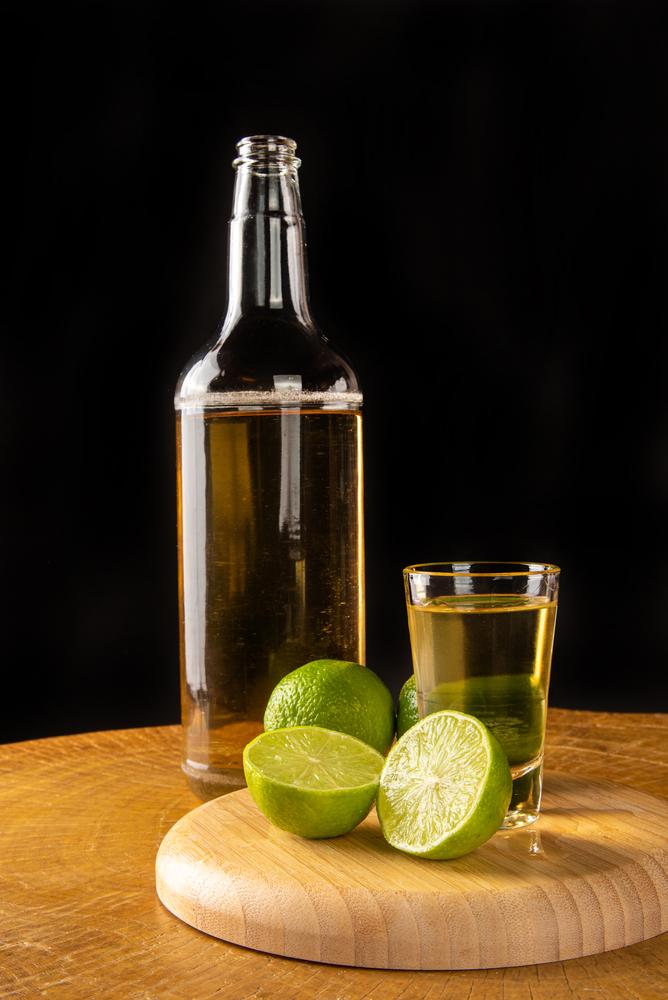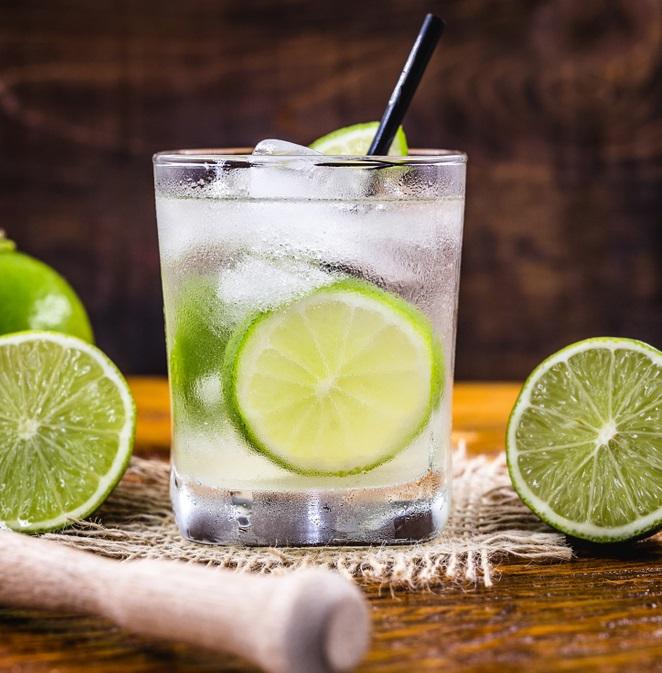The national drink of Brazil, this citrusy, chilled cocktail has grown in popularity in bars across the world, thanks to its fresh flavor and simplicity. Consisting of lime, sugar, and clear alcohol, a caipirinha may sound like the beginnings of a mojito—and the drinks do share origins as medicinal concoctions believed to be good for colds and the flu—but rather than rum, caipirinhas call for cachaça (kah-SHAH-sah).

Cachaça, distilled from fermented sugar cane juice, is exclusively produced in Brazil. Milton Buzon/Shutterstock





